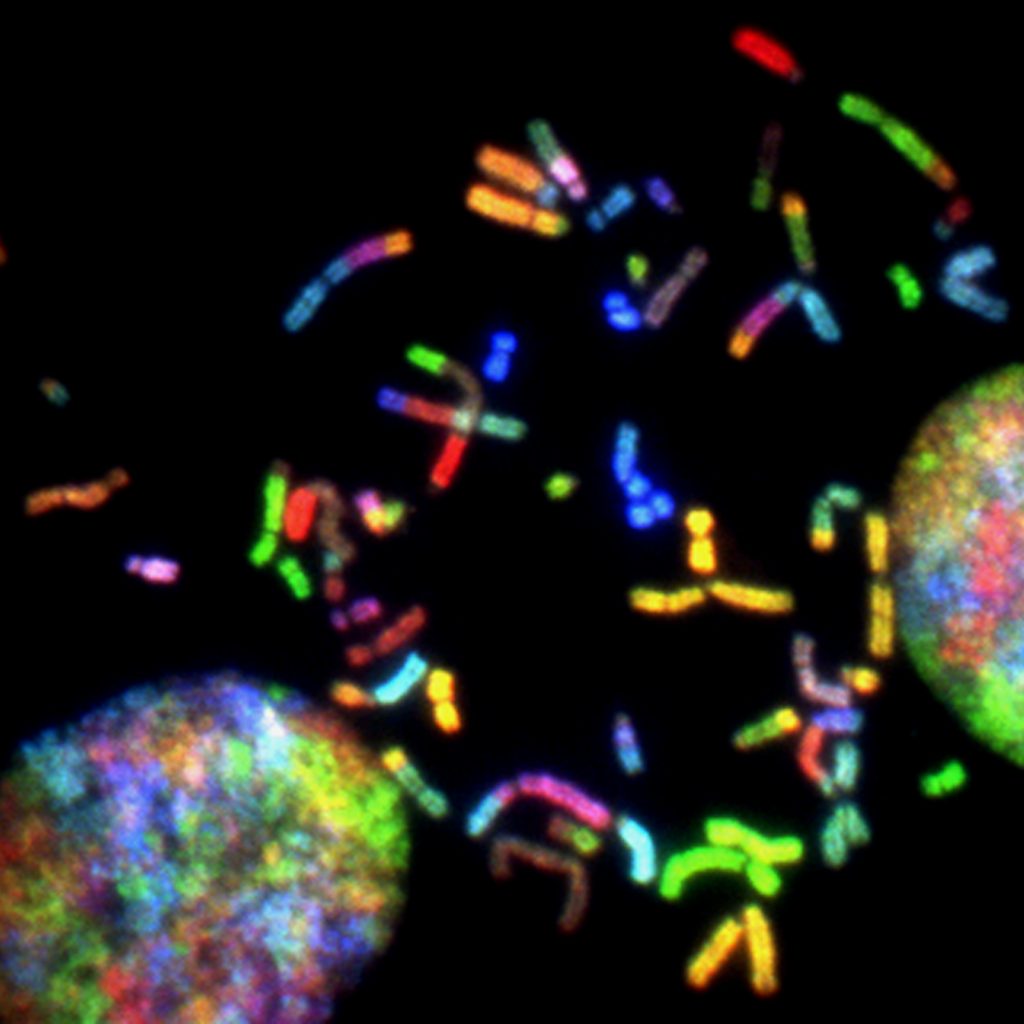The factor that makes some people vulnerable to alcoholism
Acetaldehyde, the intermediate byproduct of alcohol metabolism, appears to be one of the major villains in the onset of alcoholic drinking. The trouble probably begins in the liver. Charles Lieber, a resercher in USA, found that the same amount of alcohol produced very different blood acetaldehyde levels in alcoholics and nonalcoholics.
Lieber theorized that this unusual buildup of acetaldehyde was partly caused by a malfunctioning of the liver’s enzymes.
Marc Schuckit, a psychiatrist and researcher at the University of California in San Diego, USA, confirmed that, in alcoholics, the breakdown of acetaldehyde into acetate – the second step in alcohol metabolism – is performed at about half the rate of “normal”, i.e., nonalcoholic metabolism. It is this slowdown in metabolism which causes acetaldehyde to accumulate.
What comes first – the abnormality or the drinking?
Both Lieber and Schuckit wanted to determine whether this enzyme malfunctioning was caused by heavy drinking or preceded heavy drinking. In other words, they hoped to answer the question: Does the alcoholic drink too much because his body is somehow abnormal or does his body become abnormal because he drinks too much?
Lieber discovered that the liver mitochondria in alcoholics are abnormal and unable to change acetaldehyde at as great a rate as in nonalcoholics.

Significantly, this low capacity was evident even in the early stages of heavy alcohol consumption, indicating that the alcoholic’s cells are altered before he starts drinking heavily and continually.
Schuckit’s studies with the offspring of alcoholics also suggest that the metabolic abnormality exists before heavy drinking. Like their alcoholic parents, the children of alcoholics (who never had drunk alcohol) could not convert acetaldehyde to acetate at average speed.
Heredity is clearly implicated in these studies.
Alcoholics, then, appear to have a liver cell malfunction which causes acetaldehyde to accumulate when they drink. Unfortunately for the alcoholic, acetaldehyde is a dangerous substance to have around in any quantity. Directly irritating to the cells and capable of hampering cellular activities, acetaldehyde can also react explosively when combined with other chemical substances.
In the liver, Lieber suggests that the rising levels of acetaldehyde disturb many of the intricate activities of the cells, making it even more difficult for them to get rid of acetaldehyde, which, in turn, results in further damage to the cells. The cells may be permanently damaged if the acetaldehyde is present in large quantities for long periods.
Acetaldehyde damages more than just the liver
Moreover, acetaldehyde’s harmful effects are not confined to the liver. High acetaldehyde levels can inhibit the synthesis of proteins in heart muscle, leading to impaired cardiac function. In the brain, a piling up of acetaldehyde can lead to bizarre and complicated chemical reactions.
When acetaldehyde flows through the brain, it competes with other chemical substances known as brain amines (or neurotransmitters) for the attention of certain enzymes. Acetaldehyde wins this competition and, as a result, blocks the enzymes from accomplishing their primary duty of inhibiting amines’ activity.

The dangerous chemical game in the brain
If acetaldehyde stopped interfering with the brain’s chemical activities at this point, alcohol addiction might never occur. However, acetaldehyde is a volatile substance that reacts with just about any other chemical that happens to be in the vicinity.
The brain’s neurotransmitters, which have been piling up while the acetaldehyde preoccupies their enzyme, interact with acetaldehyde to form compounds called “isoquinolines”. These chemical agents are responsible for several fascinating and far-reaching events.
Like acetaldehyde, the isoquinolines suppress the enzyme, which is responsible for deactivating many brain amines. The isoquinolines also release stored brain amines. In mice, they can aggravate alcohol withdrawal symptoms. For alcoholics, the isoquinolines have one characteristic, which makes their other properties pale in significance.
They are astonishingly like opiates, and researchers suggest that they may act on the opiate receptors in the brain, thus contributing to the addiction to alcohol.



